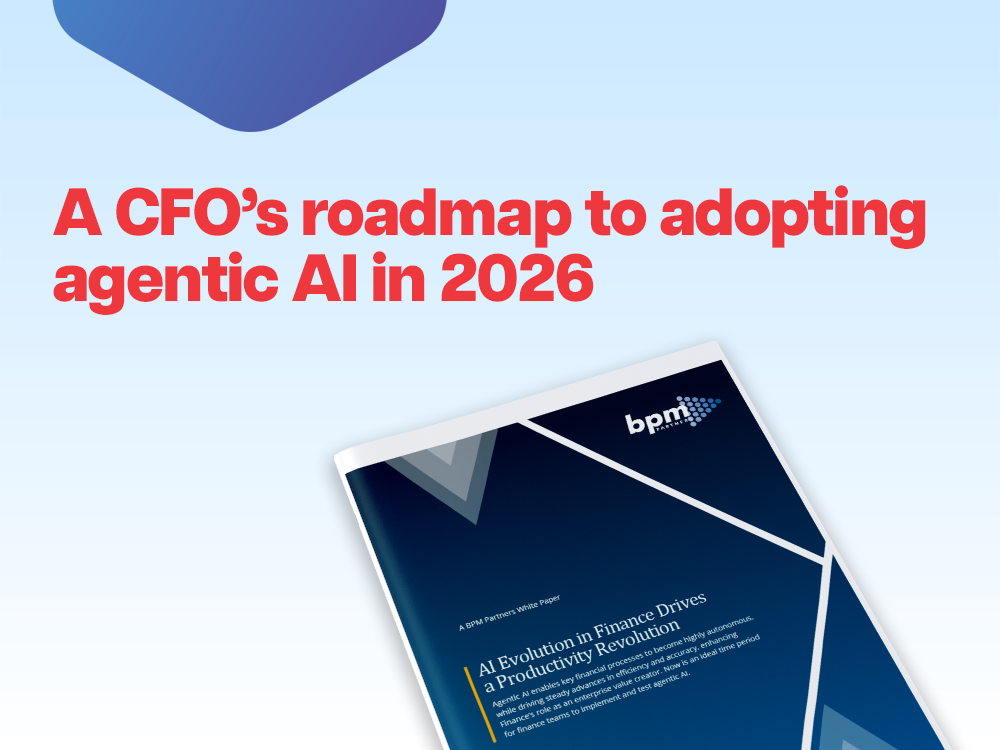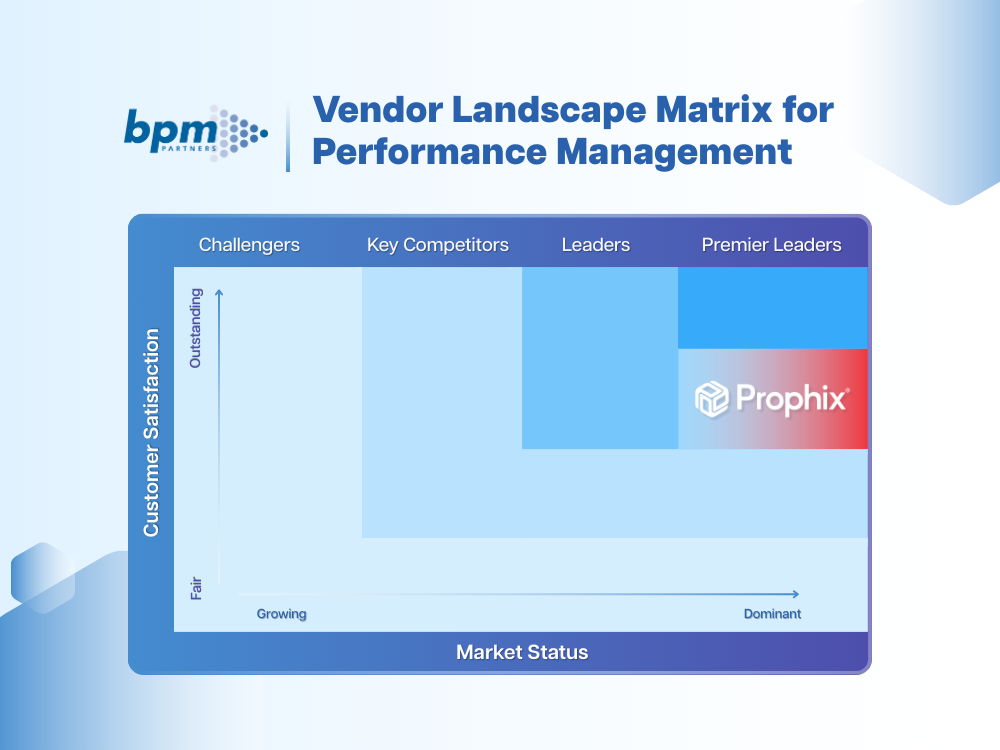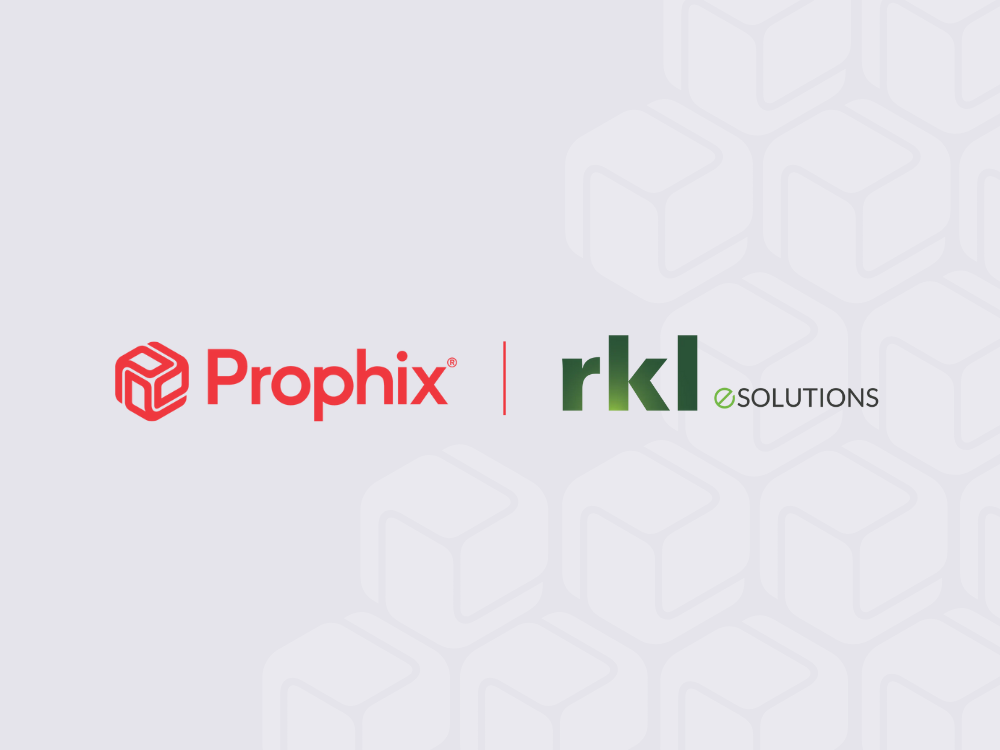Download Analyst Report
Everything finance teams need to know about IFRS standards
Understanding and adhering to IFRS standards is essential for businesses operating in a global economy.
March 11, 2025What is the IFRS?
The International Financial Reporting Standards (IFRS) is a globally recognized framework designed to ensure transparency, consistency, and comparability in financial reporting across countries. It provides a set of accounting standards that enable businesses and investors to make informed decisions based on reliable and standardized financial statements. Over 140 countries currently mandate or allow the use of IFRS, making it one of the most widely accepted accounting frameworks worldwide.
Who created the IFRS?
The IFRS was created by the International Accounting Standards Board (IASB), an independent organization established in 2001. Headquartered in London, the IASB operates under the oversight of the IFRS Foundation, which is responsible for promoting and governing the adoption of these standards globally. The IASB succeeded the International Accounting Standards Committee (IASC), which had been developing International Accounting Standards (IAS) since 1973. While IAS standards laid the groundwork, IFRS represents the evolution of global accounting practices to meet modern financial and economic demands.
What is the goal of the IFRS?
The primary goal of the IFRS is to create a unified language for financial reporting, enabling stakeholders to understand and compare financial statements across borders. Key objectives include:
- Enhancing transparency: Ensuring that financial statements provide a clear and accurate picture of a company’s financial performance and position.
- Promoting comparability: Making it easier for investors, regulators, and other stakeholders to compare financial statements across different industries and jurisdictions.
- Facilitating global trade and investment: By harmonizing accounting practices, IFRS reduces barriers to cross-border transactions and investment.
- Supporting economic stability: Standardized reporting helps regulators and policymakers identify risks and opportunities in the global financial system.
What are the 4 pillars of the IFRS?
The four pillars of disclosure in the ISSB (International Sustainability Standards Board) standards, which incorporate the Task Force on Climate-related Financial Disclosures (TCFD) recommendations, serve as a structured framework for companies to provide decision-useful information to investors. Each pillar plays a critical role in ensuring transparency and accountability in corporate sustainability reporting.
1. Governance
This pillar focuses on how an organization oversees and manages climate-related risks and opportunities. It requires companies to disclose:
- The role of the board, a committee, or equivalent governing body in overseeing climate-related risks and opportunities.
- Management's role in assessing and managing climate-related risks and opportunities.
- How the organization's governance structures support its ability to meet its climate-related goals and targets.
2. Strategy
This pillar centers on how climate-related risks and opportunities influence the organization's strategy and business model. It requires companies to disclose:
- Climate-related risks and opportunities identified over the short, medium, and long term.
- The impact of climate-related risks and opportunities on the organization's business model, strategy, and financial planning.
- The resilience of the organization's strategy, considering different climate-related scenarios, including a 2°C or lower scenario.
3. Risk Management
This pillar focuses on the processes used by the organization to identify, assess, and manage climate-related risks. It requires companies to disclose:
- The processes used to identify and assess climate-related risks.
- The processes used to manage climate-related risks.
- How these processes are integrated into the organization's overall risk management.
4. Metrics and Targets
This pillar requires organizations to disclose the metrics and targets used to assess and manage relevant climate-related risks and opportunities. It requires companies to disclose:
- The metrics used to assess climate-related risks and opportunities in line with its strategy and risk management process.
- Scope 1, Scope 2, and, if appropriate, Scope 3 greenhouse gas (GHG) emissions, and the related risks.
- The targets used to manage climate-related risks and opportunities and performance against targets.
What are the IFRS standards?
IFRS standards are specific guidelines issued by the IASB to address various aspects of financial reporting. Currently, there are 19 IFRS standards, each focusing on a distinct area of accounting. These standards provide detailed rules for recognizing, measuring, presenting, and disclosing financial information.
Here is an overview of each IFRS standard:
IFRS 1: First-time adoption of international financial reporting standards
IFRS 1 provides guidance for companies transitioning from their national accounting standards to IFRS for the first time.
IFRS 2: Share-based payment
IFRS 2 deals with the accounting for share-based payment transactions, including equity-settled and cash-settled arrangements. It ensures accurate recognition of expenses related to employee stock options and other share-based payments.
IFRS 3: Business combinations
IFRS 3 outlines the accounting requirements for mergers and acquisitions. It introduces the purchase method, requiring companies to recognize identifiable assets, liabilities, and goodwill.
IFRS 4: Insurance contracts
IFRS 4 set temporary guidelines for insurance contracts until a more comprehensive standard, IFRS 17, came into effect. It provides flexibility for insurers transitioning to IFRS.
IFRS 5: Non-current assets held for sale and discontinued operations
IFRS 5 specifies the accounting for assets held for sale and the presentation of discontinued operations, ensuring consistent treatment of these items in financial statements.
IFRS 6: Exploration for and evaluation of mineral resources
IFRS 6 addresses the financial reporting of exploration and evaluation activities in the extractive industries, allowing companies to develop suitable accounting policies.
IFRS 7: Financial instruments: Disclosures
IFRS 7 requires companies to provide detailed disclosures about their financial instruments, including risks, valuation methods, and sensitivity analyses.
IFRS 8: Operating segments
IFRS 8 focuses on segment reporting, requiring companies to disclose financial and descriptive information about their operating segments to enhance transparency.
IFRS 9: Financial instruments
This standard covers the classification, measurement, impairment, and hedging of financial instruments. It replaces IAS 39, offering a more principles-based approach.
IFRS 10: Consolidated financial statements
IFRS 10 establishes principles for presenting consolidated financial statements, focusing on control as the basis for consolidation.
IFRS 11: Joint arrangements
IFRS 11 provides guidance on accounting for joint ventures and joint operations, ensuring appropriate recognition of shared control arrangements.
IFRS 12: Disclosure of interests in other entities
IFRS 12 requires companies to disclose information about their interests in subsidiaries, joint arrangements, associates, and unconsolidated structured entities.
IFRS 13: Fair value measurement
IFRS 13 defines fair value and provides a framework for measuring and disclosing fair value in financial statements.
IFRS 14: Regulatory deferral accounts
IFRS 14 permits first-time adopters of IFRS to continue recognizing regulatory deferral account balances under their previous accounting practices.
IFRS 15: Revenue from contracts with customers
IFRS 15 introduces a five-step model for recognizing revenue, ensuring consistent and comparable treatment across industries and transactions.
IFRS 16: Leases
IFRS 16 replaces IAS 17 and requires lessees to recognize most leases on their balance sheets, enhancing transparency in lease accounting.
IFRS 17: Insurance contracts
IFRS 17 provides a comprehensive framework for insurance contract accounting, ensuring consistency and comparability.
IFRS standards vs. GAAP vs. IAS
What is GAAP?
Generally Accepted Accounting Principles (GAAP) is the accounting framework used primarily in the United States. It is a rules-based system that provides detailed, standardized guidelines for various accounting scenarios, ensuring consistency, transparency, and accuracy in financial reporting. Established by the Financial Accounting Standards Board (FASB), GAAP is designed to regulate how companies recognize revenue, measure expenses, and present financial statements.
What are the IAS?
International Accounting Standards (IAS) were the predecessor to IFRS. Issued by the IASC between 1973 and 2001, these standards formed the foundation for the current IFRS framework.
IFRS vs. GAAP
Here is an example of the differences between IFRS vs. GAAP.
- Principles vs. rules: IFRS is a principles-based framework, emphasizing broad guidelines and interpretations, whereas GAAP is rules-based, with specific detailed regulations for various accounting scenarios.
- Global comparability: IFRS prioritizes transparency and comparability across international markets, making it ideal for multinational companies. In contrast, GAAP focuses on meeting the specific requirements of U.S. regulators, such as the Securities and Exchange Commission (SEC).
- Inventory valuation: IFRS prohibits the use of the Last-In, First-Out (LIFO) inventory method, while GAAP permits it.
- Revenue recognition: While both frameworks align on many aspects of revenue recognition, IFRS focuses on the transfer of control, whereas GAAP emphasizes the completion of earnings processes.
IFRS vs. IAS
- Evolution: IAS standards were issued by the IASC before being replaced or updated by IFRS after 2001. IFRS reflects modern accounting practices and addresses the complexities of today’s globalized business environment.
- Relevance: IFRS incorporates advances in financial reporting, such as new standards for revenue recognition, leases, and financial instruments, making it better suited for dynamic economic conditions.
IAS vs. GAAP
- Principles vs. rules: Similar to IFRS, IAS adopts a principles-based approach, allowing flexibility in application. GAAP’s rule-based structure mandates strict adherence to predefined guidelines.
- Geographic focus: GAAP is tailored to the U.S. market, while IAS aimed to establish global uniformity in financial reporting before the adoption of IFRS.
IFRS vs. GAAP vs. IAS
Now let’s compare IFRS vs. GAAP vs. IAS and their similarities or differences.
- Global standardization: IFRS represents the evolution of IAS, establishing a comprehensive global standard for financial reporting. In contrast, GAAP is U.S.-specific.
- Flexibility and modernization: Both IAS and IFRS emphasize principles, but IFRS integrates more contemporary practices, addressing complex financial transactions that IAS or GAAP may not fully cover.
What are the IFRS sustainability disclosure standards?
Recognizing the growing importance of sustainability in financial reporting, the IFRS Foundation established the International Sustainability Standards Board (ISSB) to develop sustainability disclosure standards. These standards aim to create a global baseline for reporting sustainability-related risks and opportunities.
IFRS S1: General Requirements for Sustainability-Related Financial Disclosures
IFRS S1 provides a comprehensive framework for companies to disclose sustainability-related financial information. It emphasizes materiality, requiring businesses to focus on issues that significantly impact enterprise value.
IFRS S2: Climate-Related Disclosures
IFRS S2 focuses specifically on climate-related risks and opportunities, aligning with the recommendations of the Task Force on Climate-related Financial Disclosures (TCFD). It requires companies to report on governance, strategy, risk management, and metrics related to climate change.
Conclusion: Stay on top of IFRS standards with Prophix
Understanding and adhering to IFRS standards is essential for businesses operating in a global economy. These standards not only ensure transparency and comparability but also help organizations address sustainability challenges effectively. By leveraging finance technology like Prophix, companies can streamline their financial reporting processes, enhance compliance, and adapt to the evolving regulatory landscape.
Discover how Prophix can help your business achieve seamless compliance with IFRS standards.
Insights for next-gen finance leaders
Stay ahead with actionable finance strategies, tips, news, and trends.






